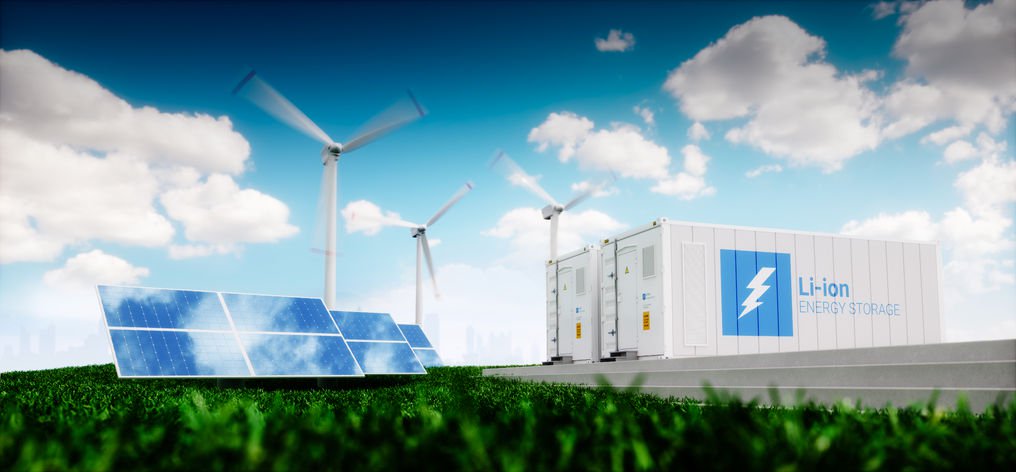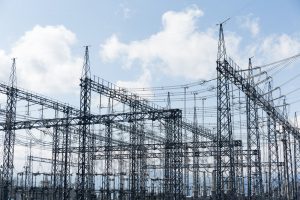- The use of battery energy storage in power systems is increasing. But while approximately 192GW of solar and 75GW of wind were installed globally in 2022, only 16GW/35GWh (gigawatt hours) of new storage systems were deployed.
- To meet our Net Zero ambitions of 2050, annual additions of grid-scale battery energy storage globally must rise to an average of about 120 GW annually between now and 2030.
- Regulations and policies in developing countries do not incentivize the adoption of battery energy storage systems, but a new framework developed by the World Bank’s Energy Sector Management Assistance Program (ESMAP) could unlock knowledge and capital.
Across the globe, power systems are experiencing a period of unprecedented change. Low-cost renewable electricity is spreading and there is a growing urgency to boost power system resilience and enhance digitalization.
This requires stockpiling renewable energy on a massive scale, notably in developing countries, which makes energy storage fundamental.
Against the backdrop of swift and significant cost reductions, the use of battery energy storage in power systems is increasing. Not that energy storage is a new phenomenon: pumped hydro-storage has seen widespread deployment for decades. There is, however, no doubt we are entering a new phase full of potential and opportunities.
In 2022, approximately 192GW (gigawatts) of solar and 75GW of wind were installed globally.
Read more: WorldEconomicForum
It’s Time to Go Green!
If you would like to know more about Solar Panels and the PowerBanx range of home battery systems, and get a free instant quote, please complete our online form:







